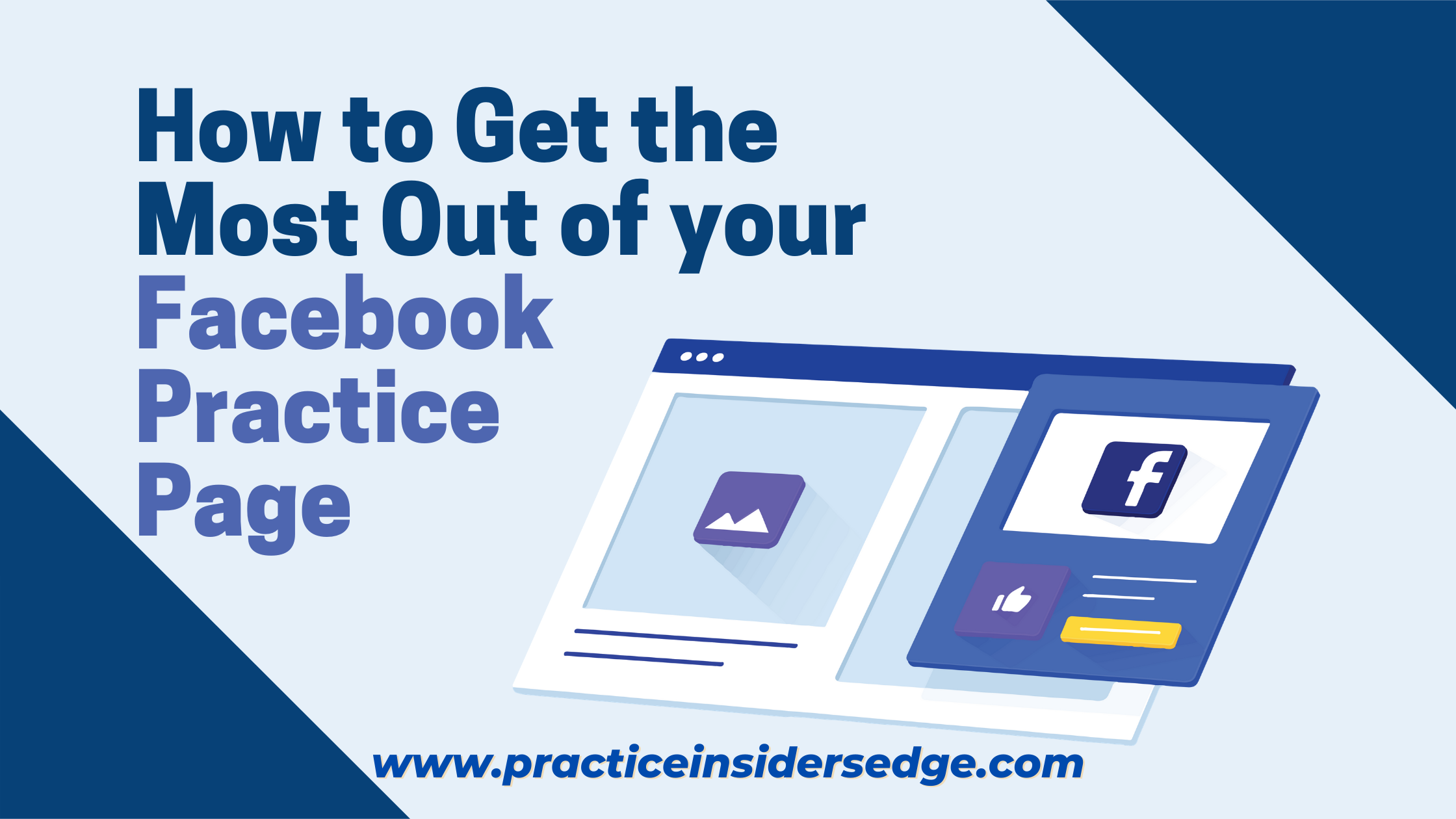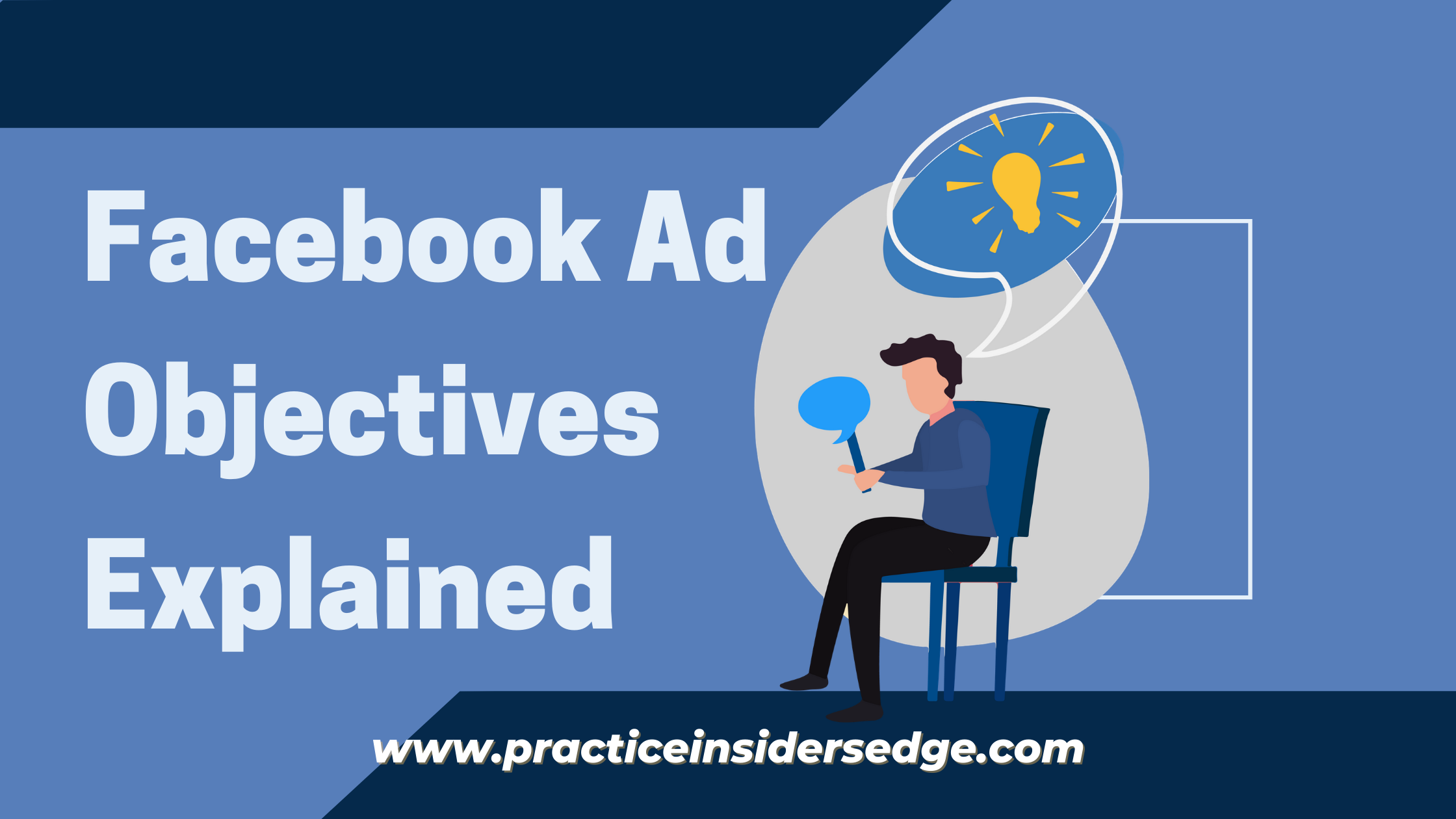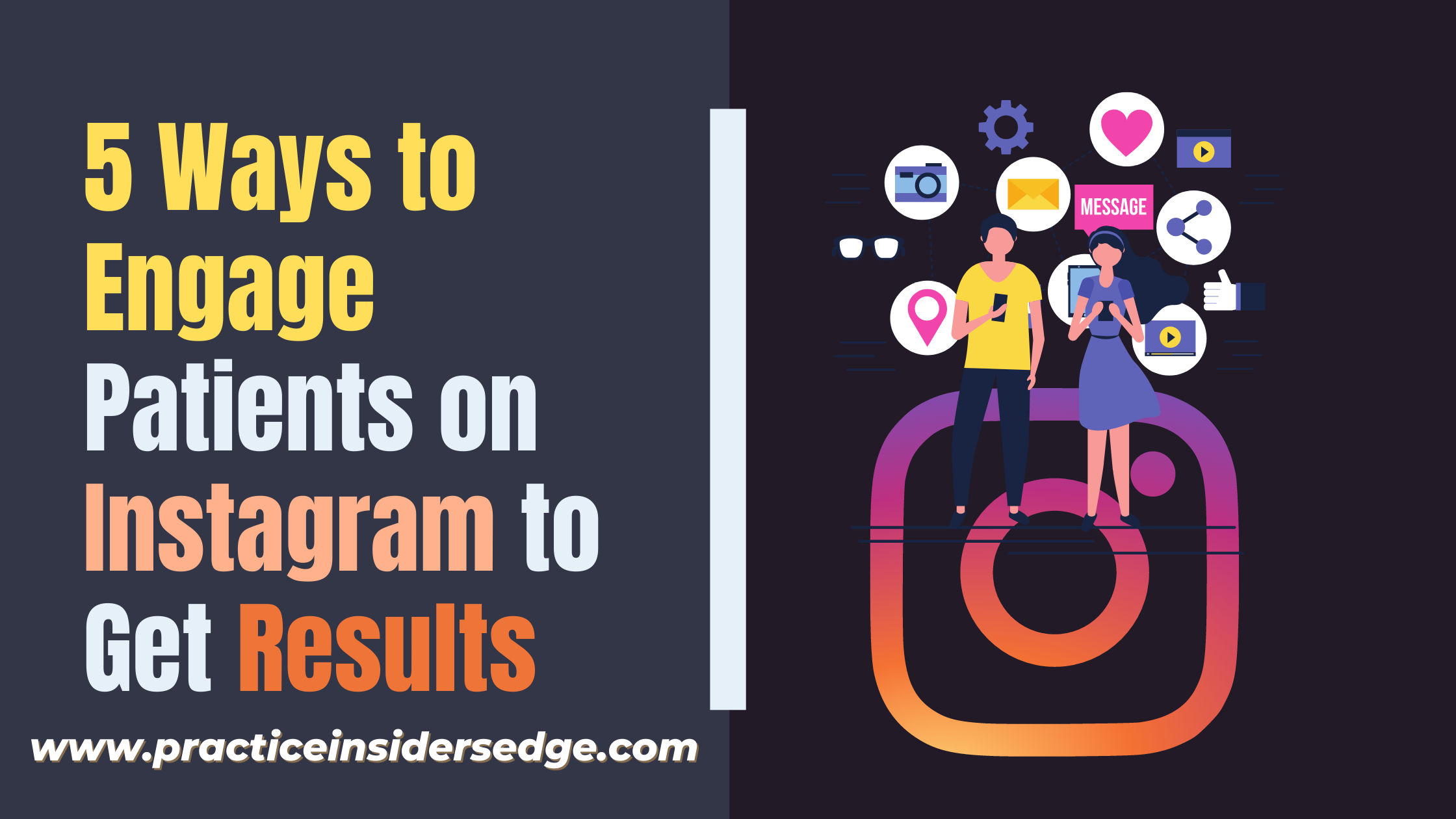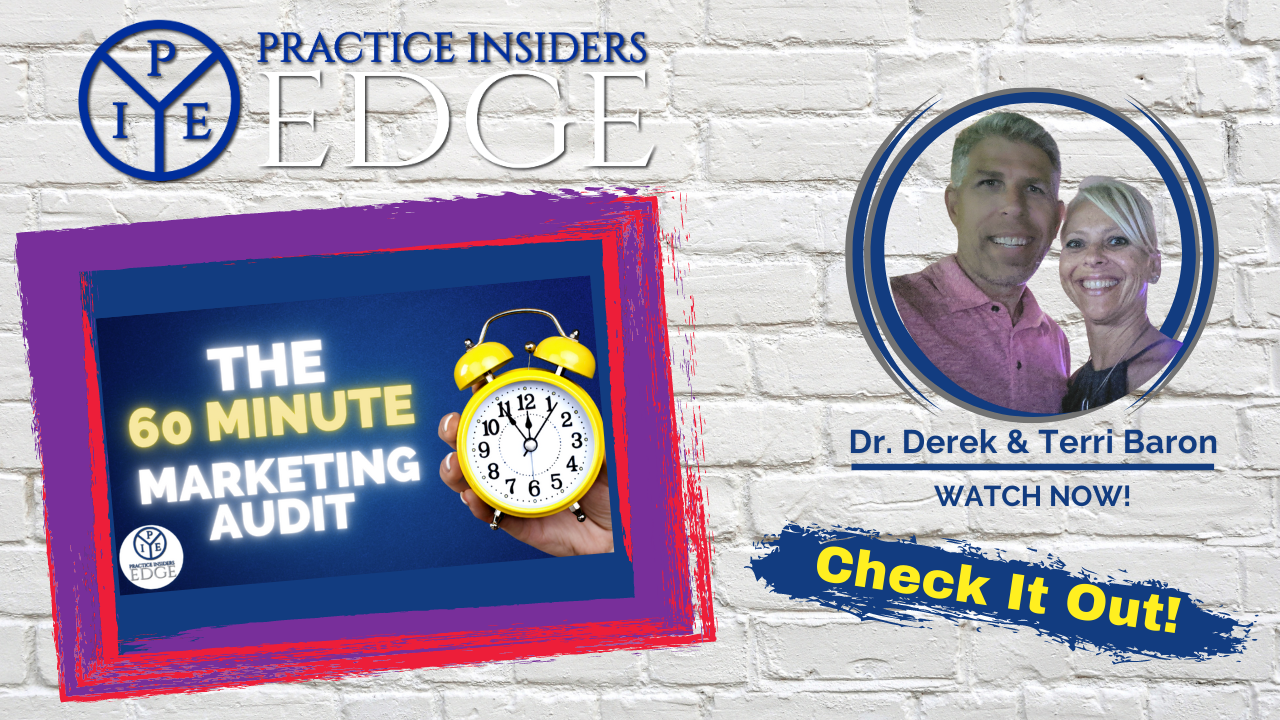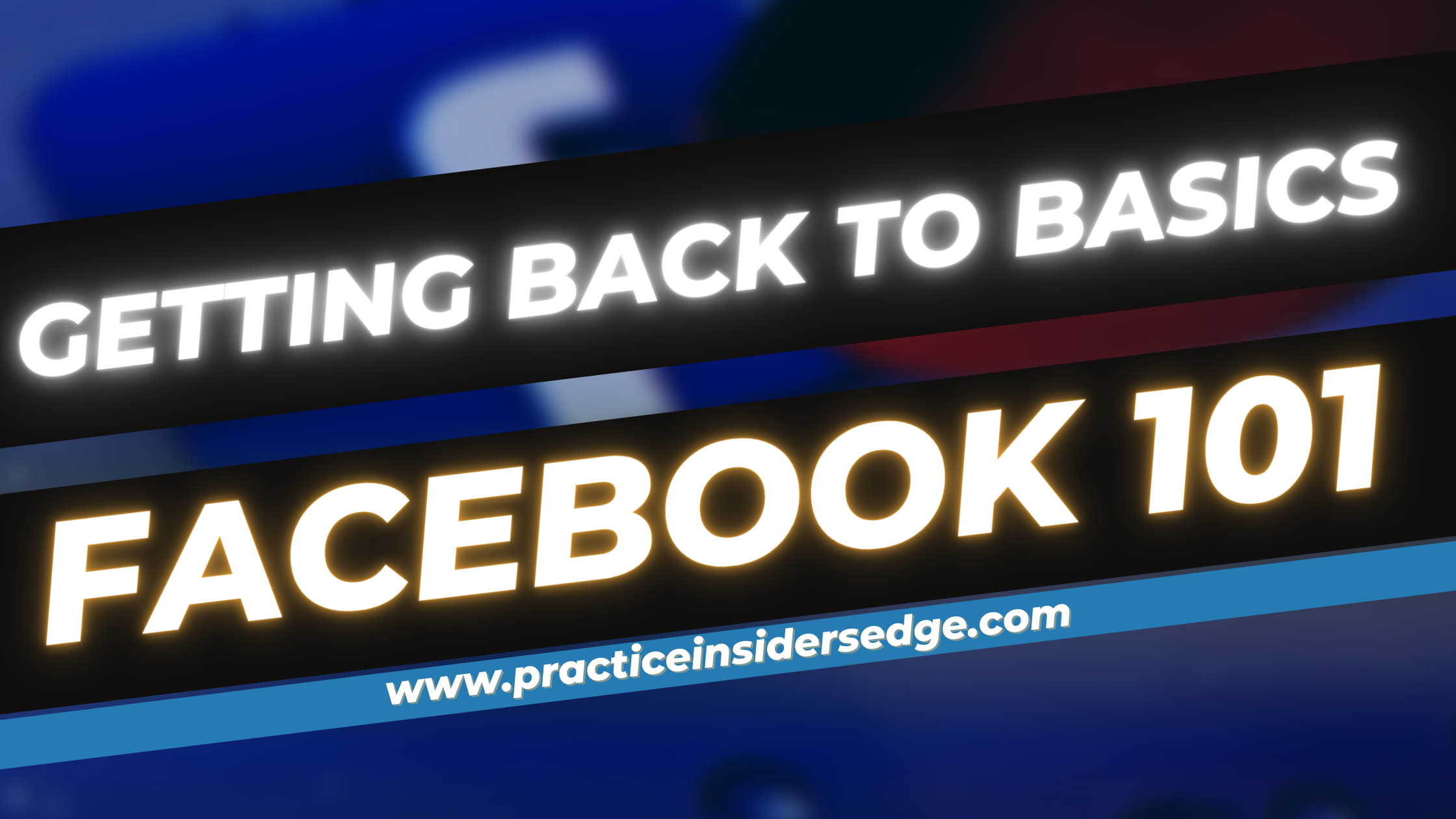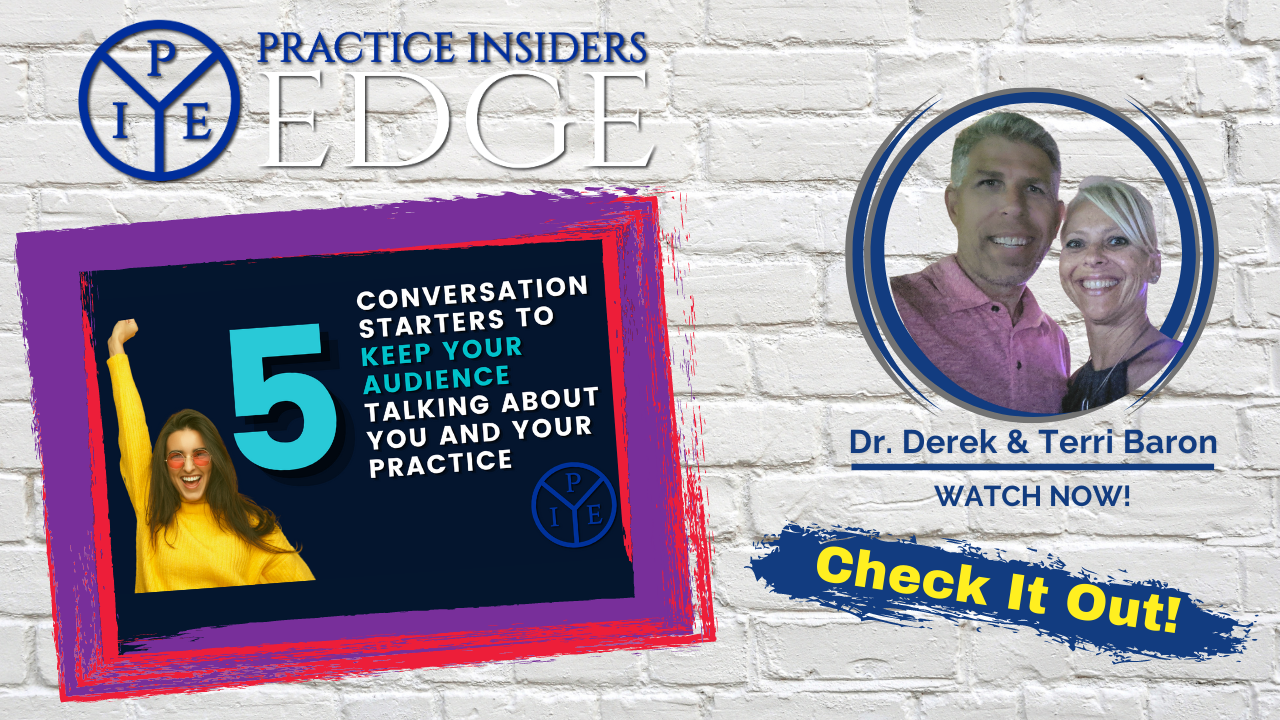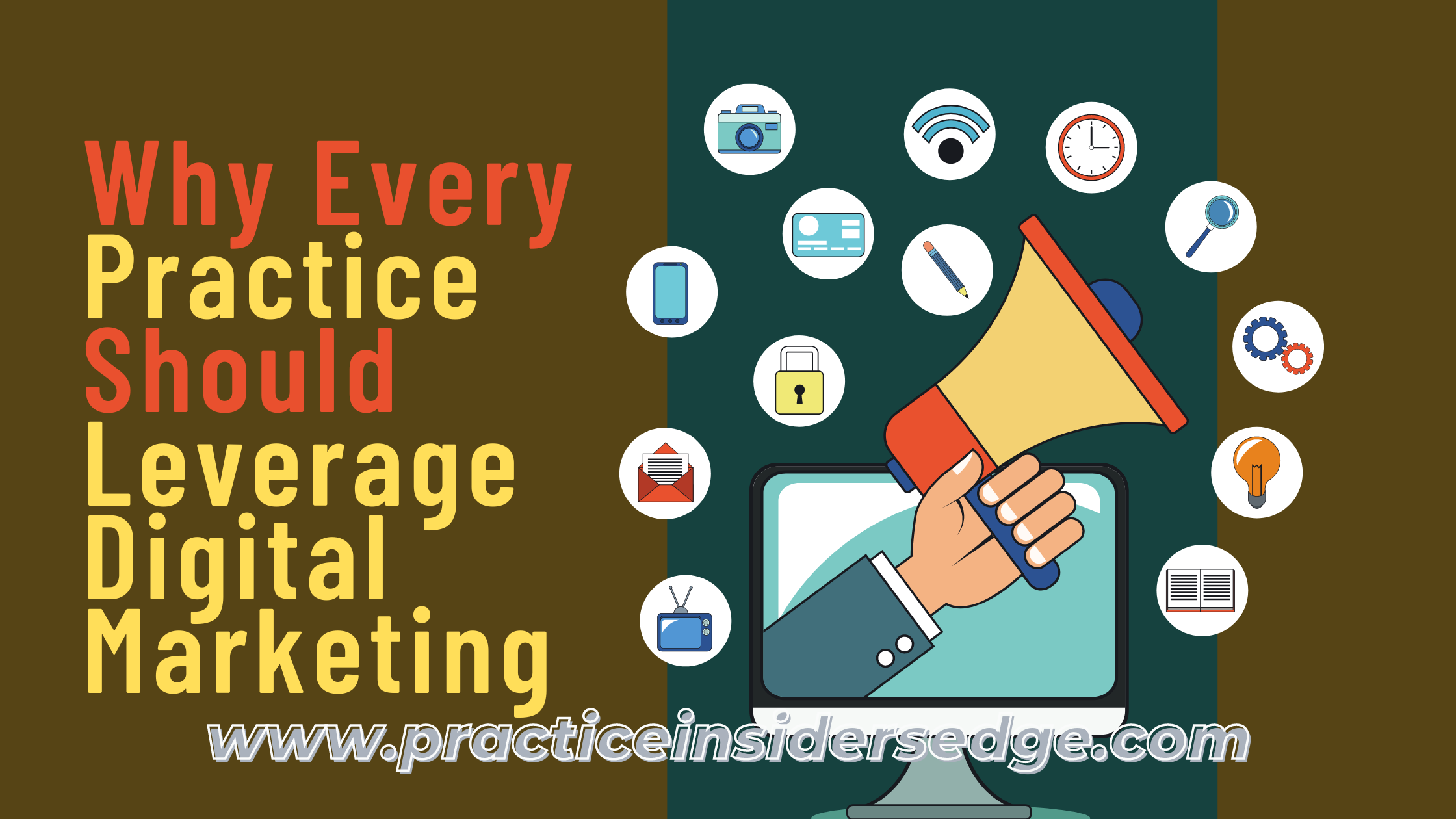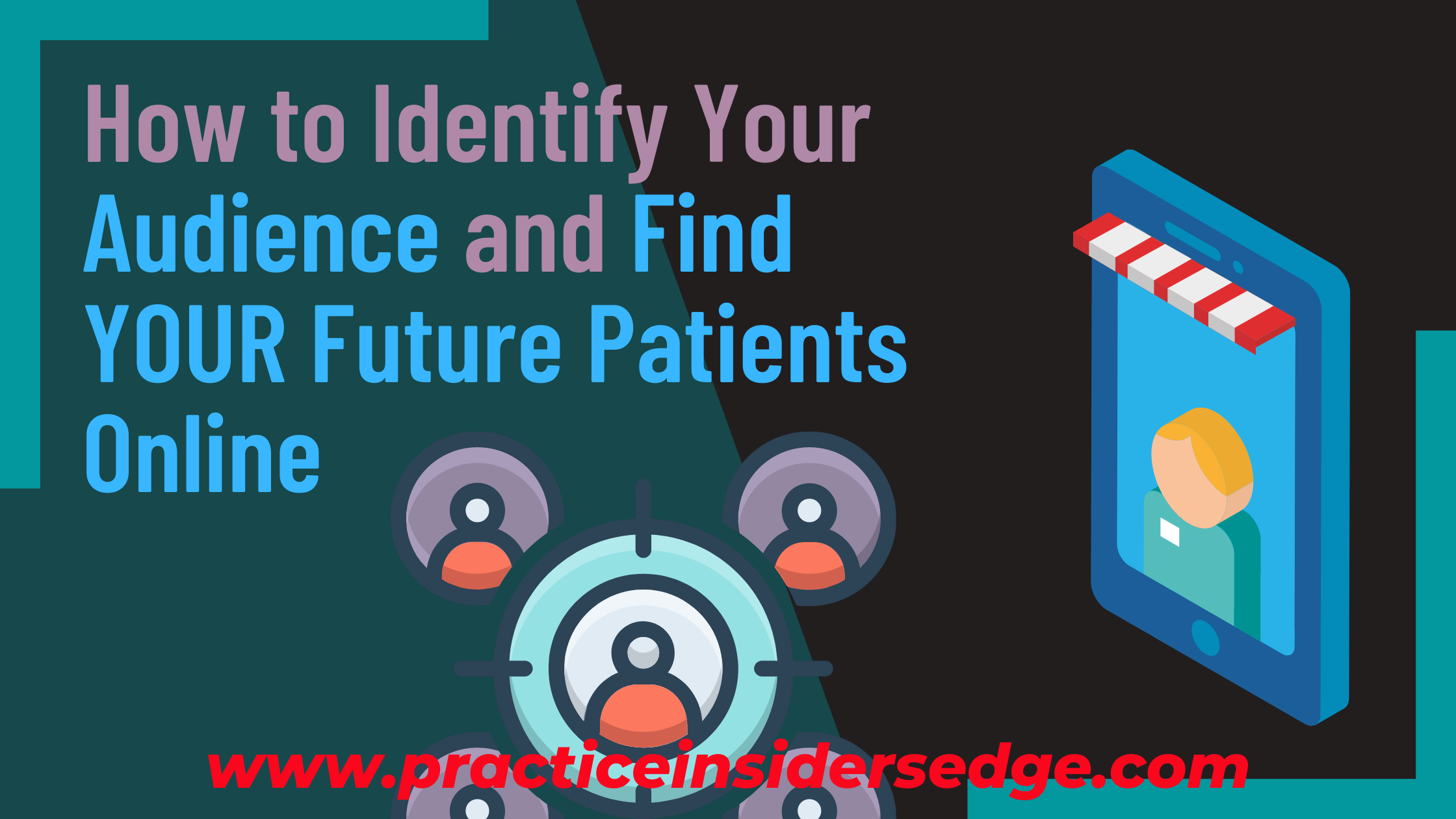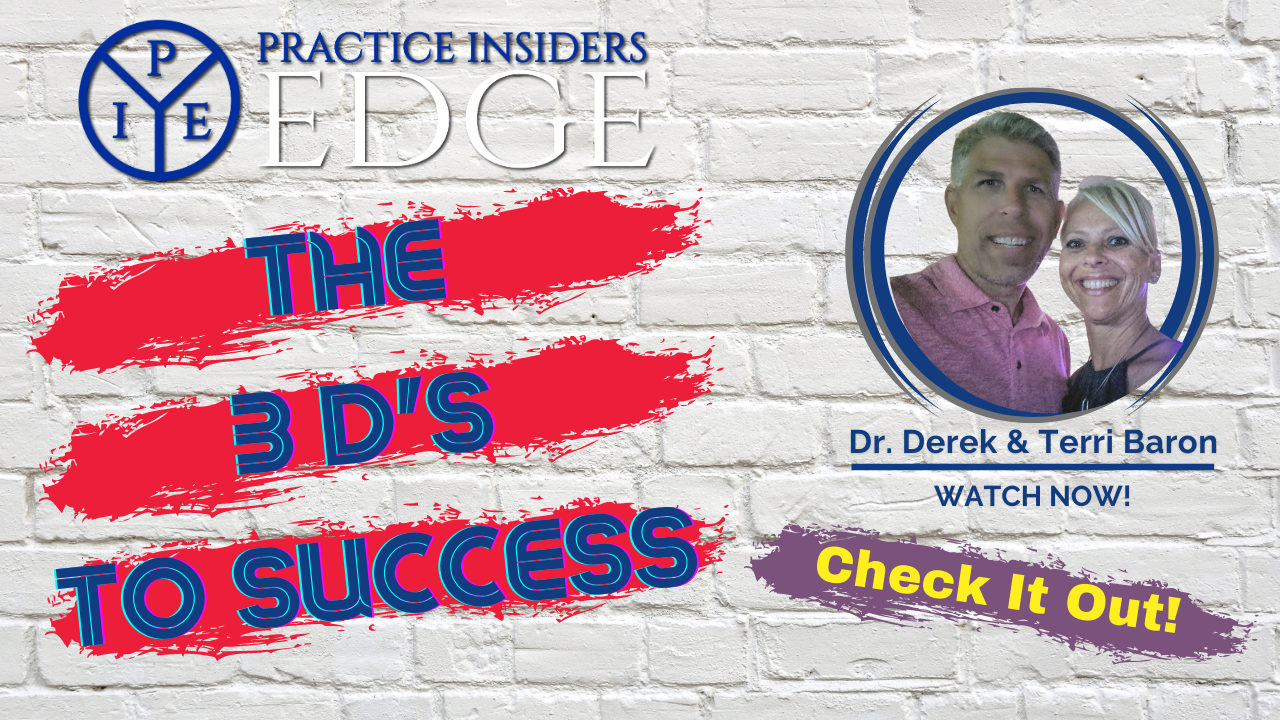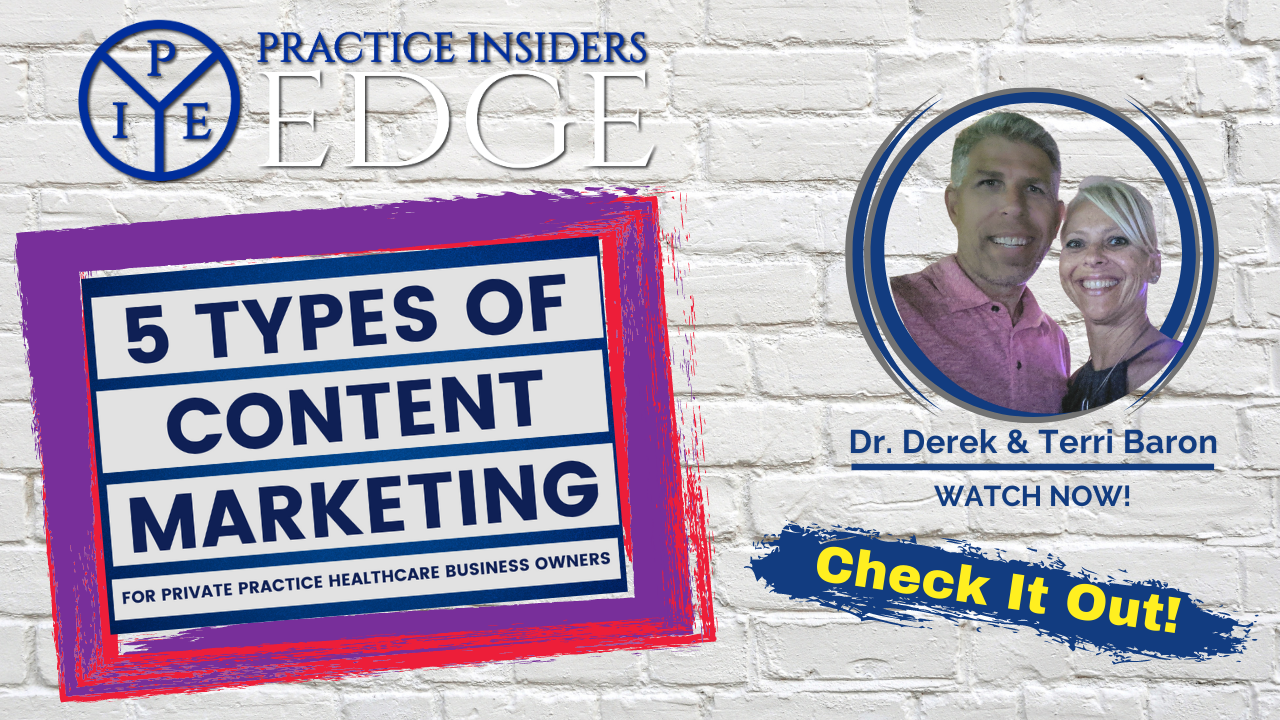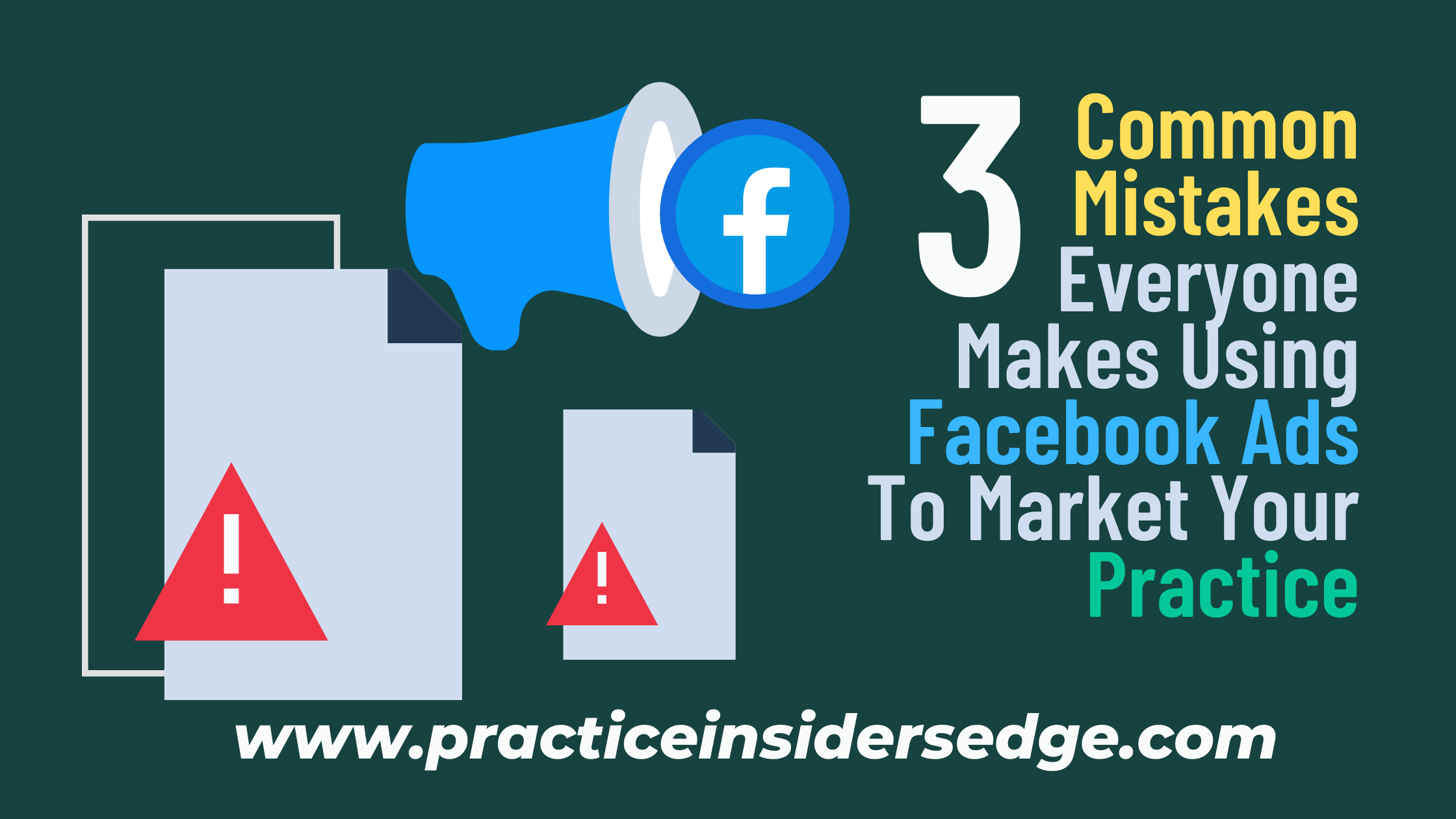You might already have a Facebook Practice Page. If you don’t, you should – in fact, setting one up should be the very next thing you do after reading this article.
Why? Facebook has more than 2 billion active monthly users.
Regardless of where your practice is located or what you sell, the chances are excellent that a solid majority of your patients and potential patients have Facebook accounts.
The issue that keeps coming up is that many of the practices that have Facebook pages aren’t making the most of them. And that is a tragedy. Your Facebook Page can be a substantial marketing tool for your practice!
Fortunately, there are some easy fixes you can make to turn your Facebook page into a powerhouse. Here’s what you need to know.
Choose a Recognizable Profile Picture
Your profile pic and your cover banner are the first things most people will see when they visit your page or see your content. That means it’s got to be clear and easy to recognize.
The most obvious option is to use either your company logo or your picture for your profile. The former makes sense if you have a practice with a recognizable logo or one where people don’t automatically associate you with your practice.
Use a photograph if you choose to be more personally recognizable than your practice.
Either way, make sure your profile pic is the right size. You can find the details in Facebook’s guide, here.
Add a Compelling Cover Photo
Your cover photo takes up more space on your Facebook Practice Page than anything else. For that reason, it’s got to be compelling and professional.
A lot of practices use an image of their reception area or gym as a cover photo. Others use a group photo of their staff – something that makes sense for a service-oriented practice.
Make sure to use the proper dimensions for your photographs. Facebook changes the dimensions frequently – you can double check here.
Tip: A better idea is to have a compelling design that leverages a call to action such as ‘Click Here’ to encourage others to click on the page’s cover to get more information or to give something away.
What happens next when someone clicks on the cover banner is a lightbox or modal opens up on the screen with a sidebar. It is here where a practice can provide compelling text and link to a website to encourage others to opt-in to get something of value.
Unfortunately this is a missed opportunity to leverage Facebook to funnel all of that traffic back to your business for the purpose of building a list or selling your services!
Minimize Admin Access to Your Page
You’re busy and it might be tempting to give an employee access to your Facebook page, so they can post content while you handle other aspects of your practice. There’s nothing wrong with that – until there is.
If you decide to delegate social media responsibilities to employees, make sure that you:
- Provide proper training about the type of content to be posted, your social media strategy, and the “voice” you want to use in your posts
- Make the parameters of their responsibilities clear
- Lay out the process for dealing with negative comments and complaints
- Limit access to one or two trusted employees at most
You can change your Page Access settings by clicking Settings > Page Roles.
Add a Call to Action Button
You know that your social media posts and emails all need a call to action at the end that tells people what to do next. The same is true of your Facebook Practice Page.
In recent years, Facebook has added Call to Action Buttons for Practice Pages. The button appears on the right side of your Facebook Practice Page just underneath your cover photo. Some of the options available include:
- Call Now
- Book Now
- Learn More
- Watch Video
- Sign Up
Choose the CTA button that is most suited to your Facebook marketing goals. You can add it by clicking the “Add Button” button on your Facebook Practice Page. If you already have a CTA button and want to change it, you can do it by hovering over the button until the “Edit Button” option appears. Click it and you’ll be able to select a new button for your page.
Don’t Neglect Your “About” Section
The “About” section of your Facebook Practice Page is vital to your page’s success. People will click “About” to learn more about your practice. If you don’t provide them with the information they need, they may decide not to follow you.
You should make sure to at least include your full practice name, address, telephone number, hours, and the URL of your website. You should also consider optimizing the section that’s most likely to sell people on your practice. For example, you might:
- Provide a detailed company history
- Explain your key service you offer
- Share your mission statement and company values
It’s also a good idea to add some company milestones to your profile, including your founding date, the launch of a new location or service, and key anniversaries.
Check Your Metrics
One of the most common Facebook marketing mistakes is failing to use the free tools that you get when you sign up for a Facebook Practice Page. You might not know it, but Facebook Insights provides a ton of useful information about the people who follow your page and what they want to see.
The best way to use Facebook Insights is to track your engagement. I recommend focusing on:
- The times of day most people see your posts
- The kinds of content that get the most engagement
For example, you might look at Facebook Insights and discover that more people read your posts between 9 AM and noon on weekdays than at any other time. You might also discover that your video content is leaving other content types in the dust.
Using that information, you can then create a content strategy that will allow you to get the maximum organic reach for your content.
Promote Your Content
Speaking of content, are you publishing content consistently?
Your potential and existing patients want to consume your content! When was the last time you posted something?
How often are you posting? Once a month? Once every 4 months?
Recency bias has a big part in how much your audience engages with your Page. Posting infrequently just isn’t going to cut it. You have to have a content marketing strategy which incorporates consistent and ongoing publishing that helps you connect with your audience!
It is also worth mentioning that increasingly, Facebook has tweaked its algorithm to prioritize personal content and minimize the reach of practices. They say it’s because it’s what users want, but it’s also a way for them to maximize their ad revenue.
Either way, the only way to be sure that your content is seen by your followers is to promote it. I don’t recommend doing that with everything you post. But, if you’re sharing something important – like an event or a new service launch – it makes sense to drop a bit of money and promote your content.
Facebook marketing is like anything else – you get out of it what you put into it. Your Facebook Practice Page is where it all starts. Use the tips here to get the most from your page and turn your Facebook marketing into the powerhouse it should be.
So… if you are a private practice healthcare business owner and you are looking to grow and scale your practice or generate more new patients for the practice – we are here for you! Drop a comment below if you have questions or if you’d like to set up a call with us go here: https://bit.ly/PIE-FB-Triage-Call

